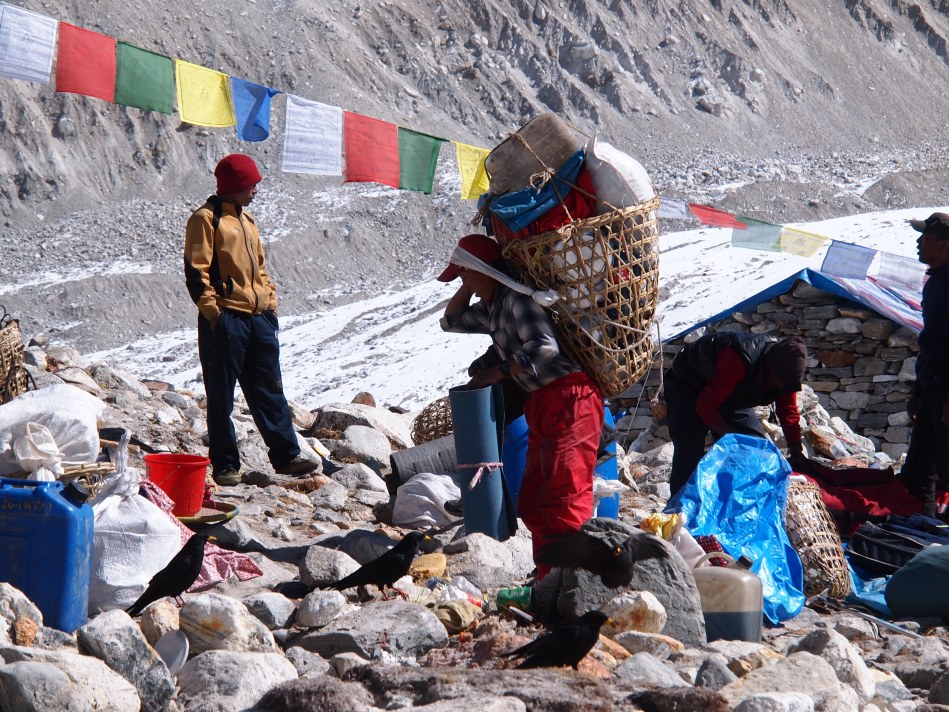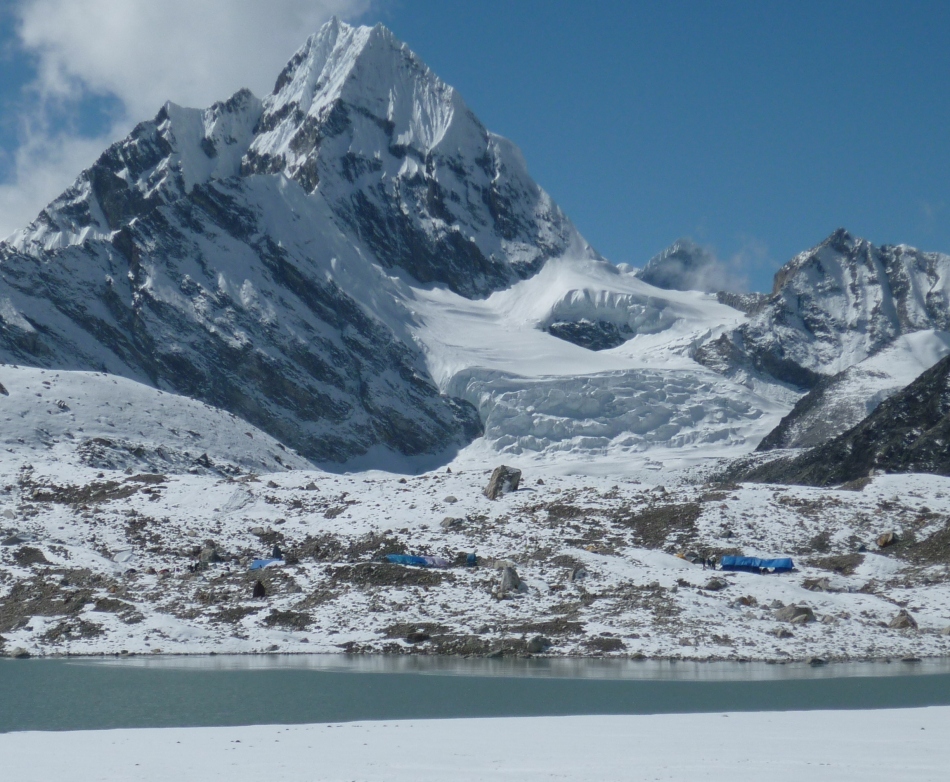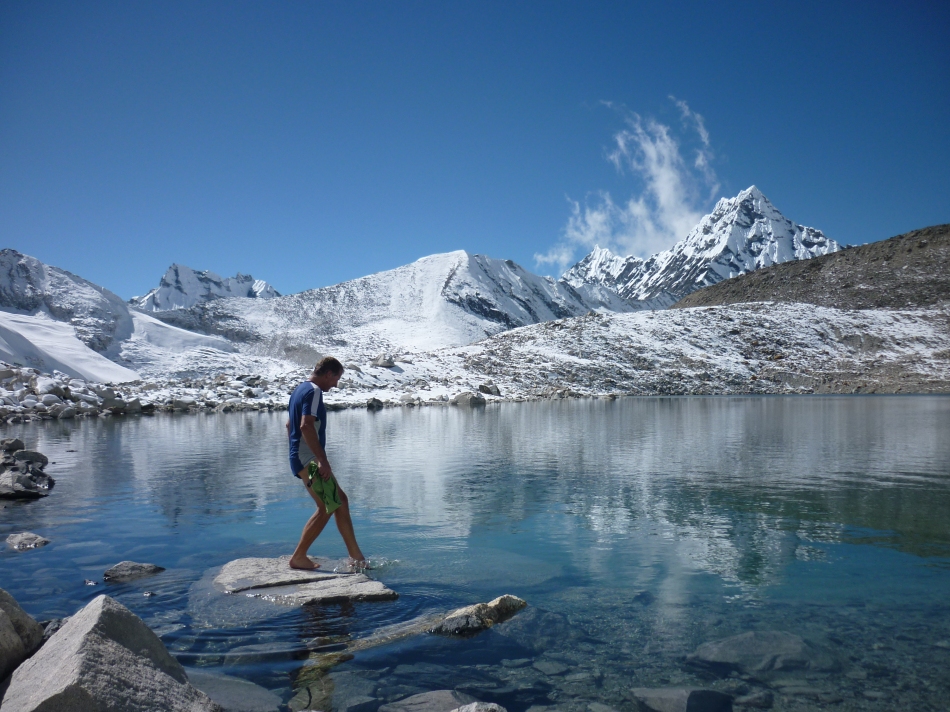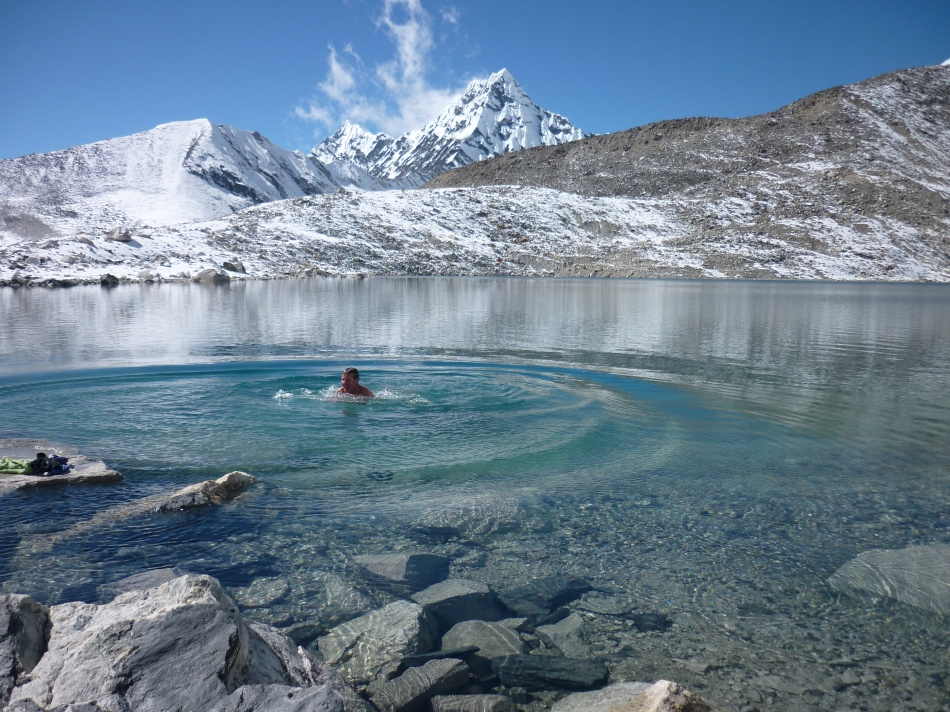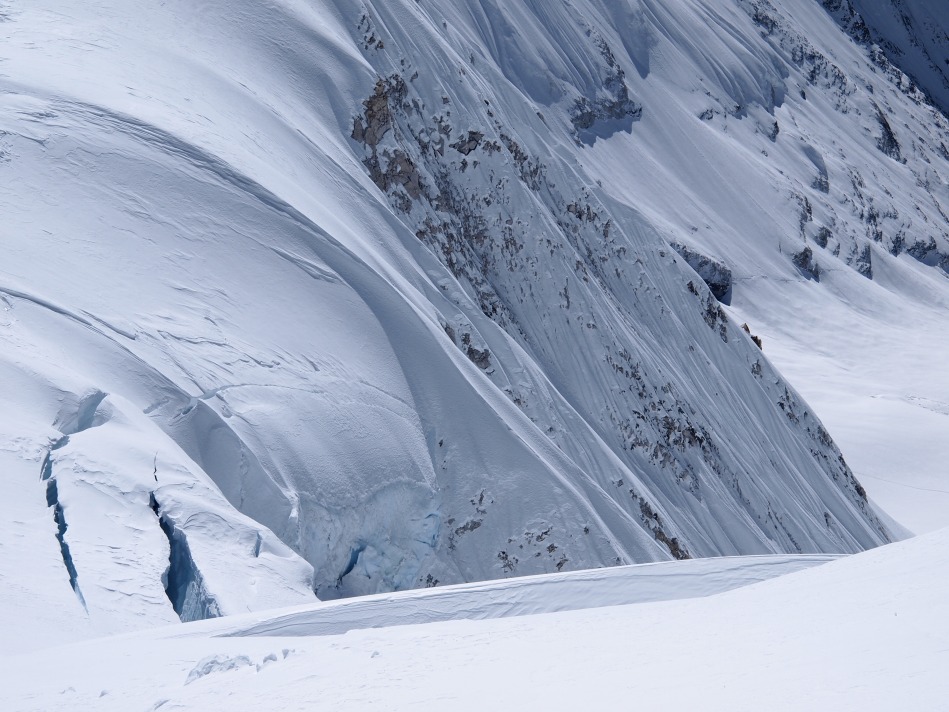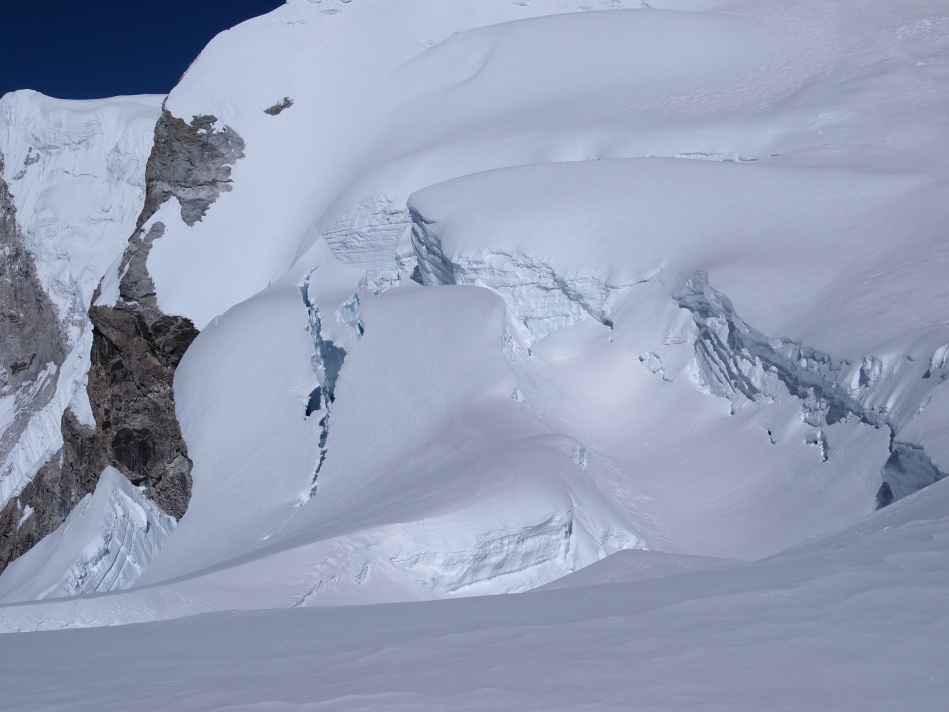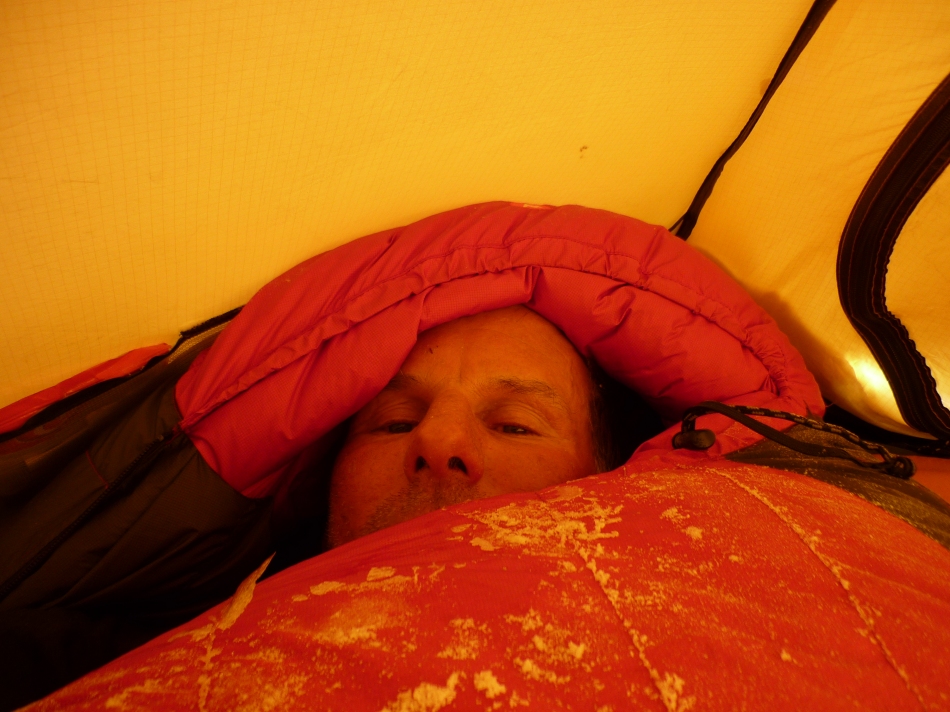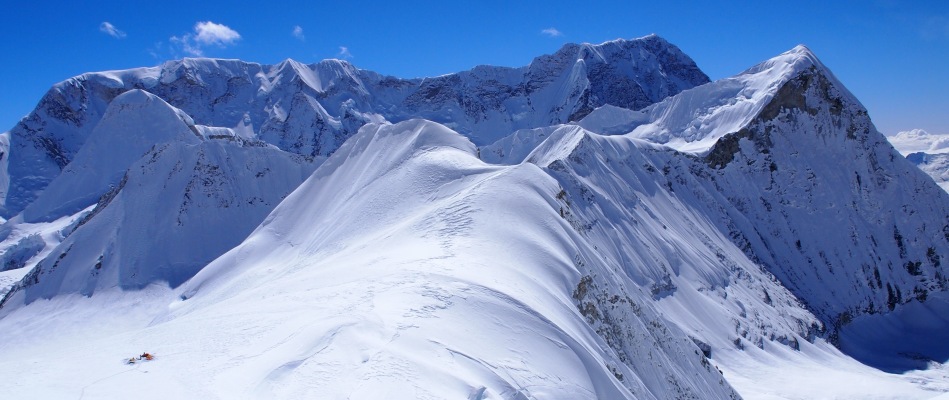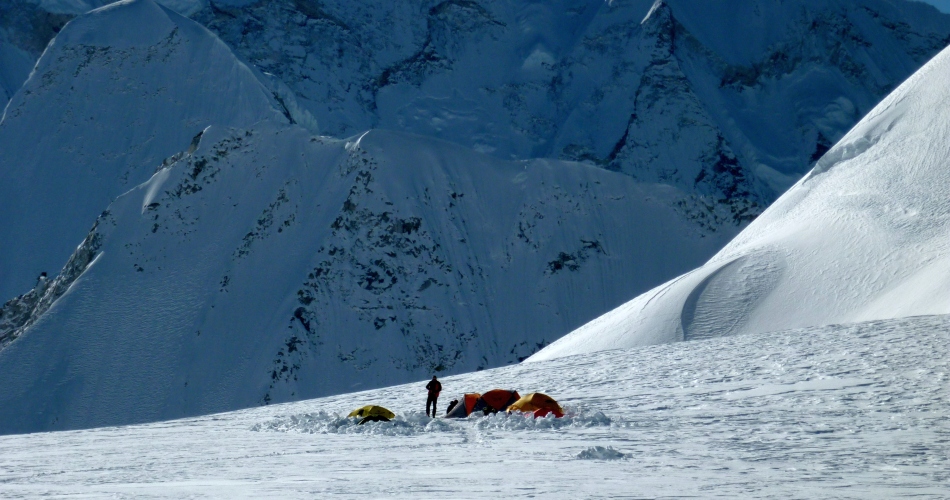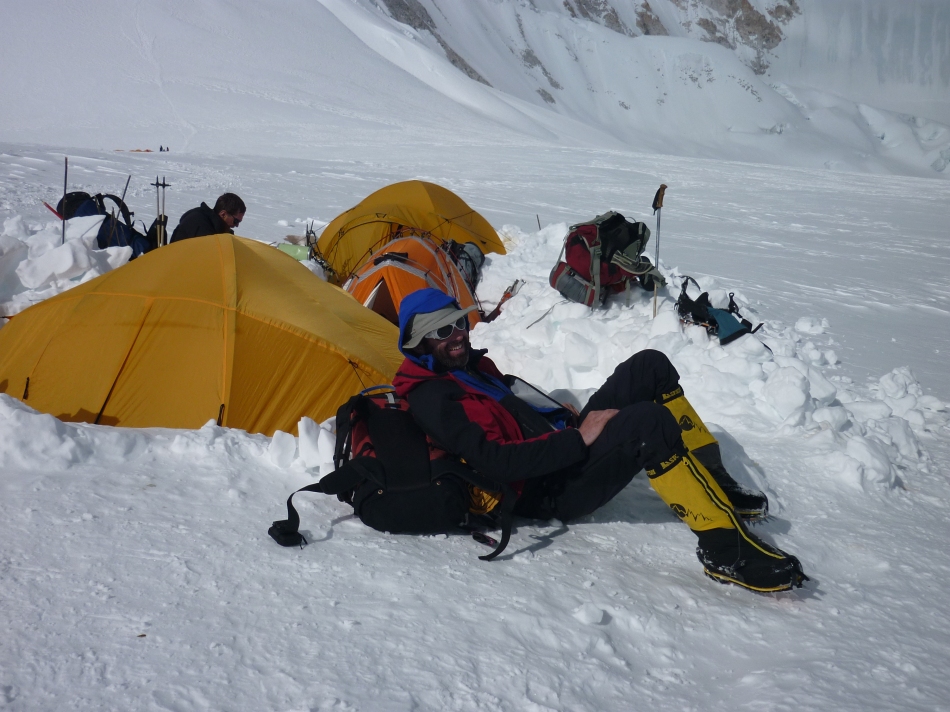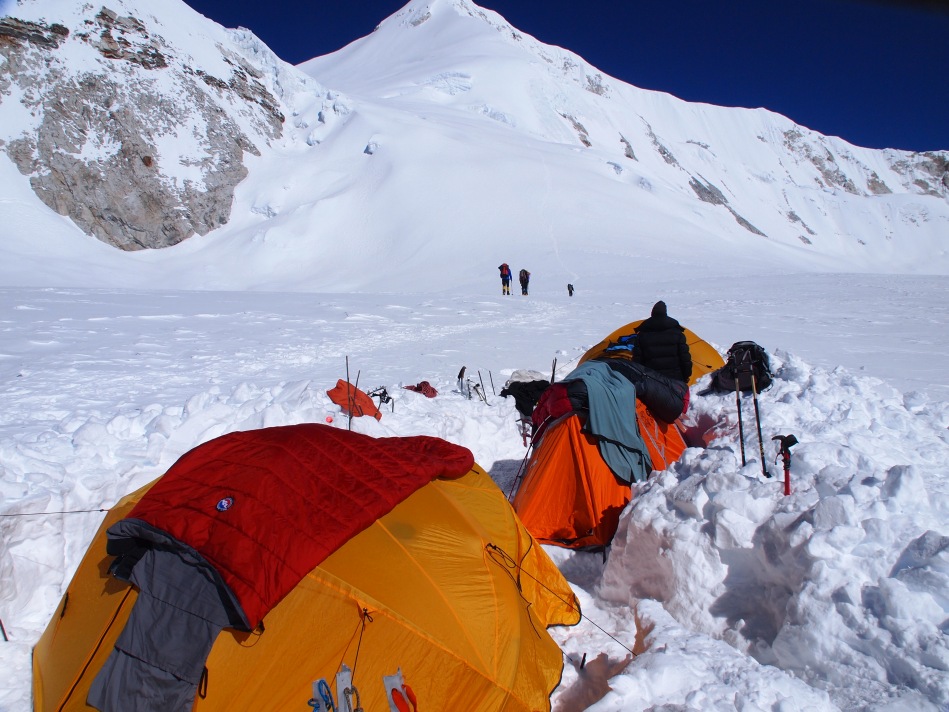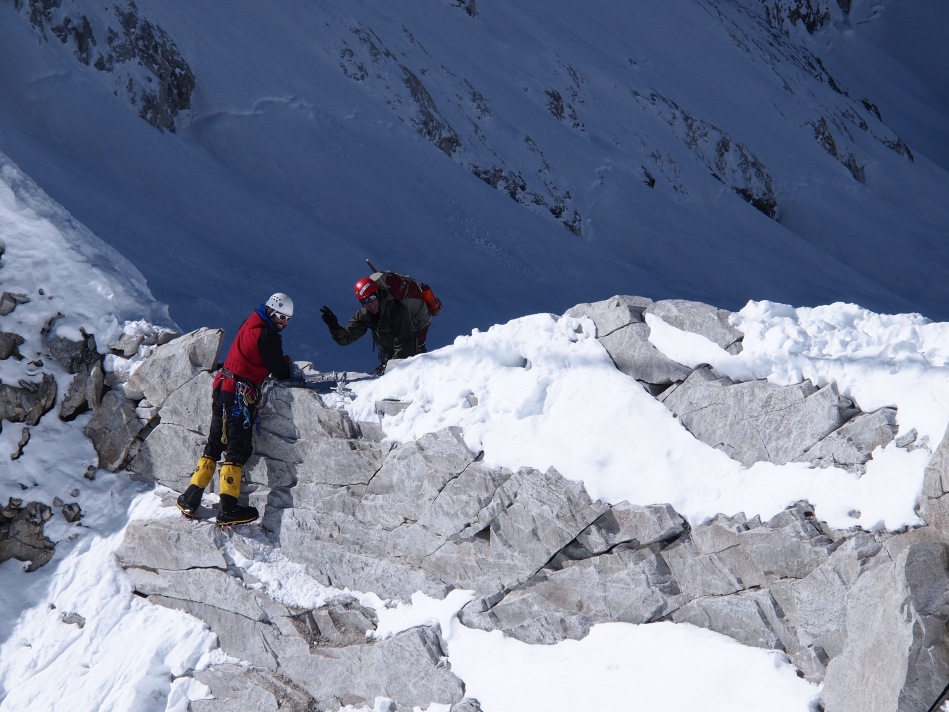(NOTE: A NUMBER OF BLOGS HAVE BEEN INSERTED AFTER THE COMPLETION OF THE EXPEDITION. THIS RESULTS IN SOME TIME SEQUENCING ISSUES. THE MOST RECENT UPDATES BELOW ADD MORE DETAIL AND PHOTOS BUT MAY CONFUSE THE TIME SEQUENCE. JUST READ ON AND ENJOY! REMEMBER THAT THE POSTS APPEAR IN CHRONOLOGICAL ORDER WITH THE MOST RECENT FIRST. At the bottom of these pages, you can click to view older entries. )
The team is together to take on Baruntse, a 7220 meter peak in the Everest region of Nepal. Alex Harvie, of Kelowna, BC and David Graham, also of Kelowna, along with Michael Brownsdon of London, U.K. are committed to go. Adventure Thamserku and Dawa Geljen Sherpa will provide the logistic support and the climbing sherpas to get us up there safely.
( See dawa’s website at: http://www.adventurethamserku.com). The Climbing Sherpas are Pema Chirri Sherpa and Saila Sherpa, both of whom are very experienced high altitude climbing guides in the Nepal Himalaya. Pema’s favorite saying is “No problem” which is particularly concerning when he uses it in reference to making the summit of Makalu, one of the world’s most challenging 8000 meter peaks.
Baruntse is climbed more frequently than Pethangtse but is a tougher climb. It’s bigger and at times steeper and narrower. The approach trek will be equally beautiful, this time coming up from Lukla, through the 5200 meter Mera La and to the remote Baruntse basecamp below the West Col. We crossed the 6200 meter West Col on our Pethangtse expedition. An added bonus for this expedition will be a climb of the 6500 meter Mera Peak. It will be a big effort but will pay us back with the fitness and acclimatization benefits.
Baruntse sits at the head of a giant amphitheatre with Chamlang at over 7300 meters and Ama Dablam at 6812 meters, (one of the world’s most photographed mountains), rising from the giant arc of summits extending from the ridges of Baruntse. Basecamp is in the high basin among them.

